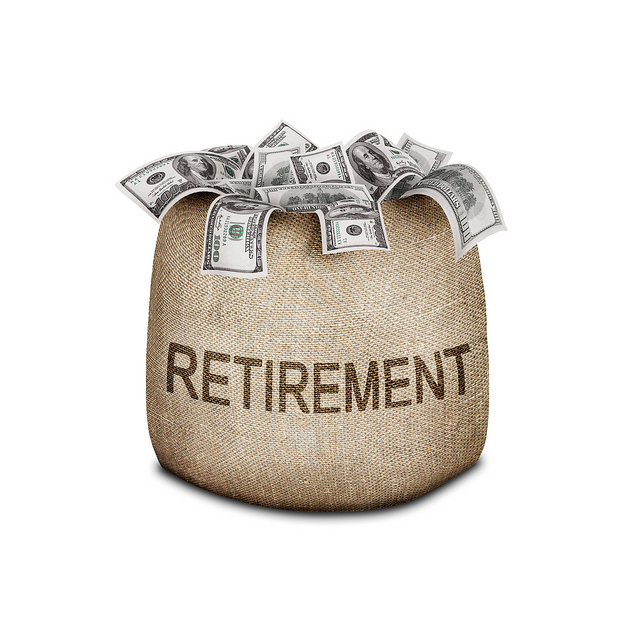A Star-Gazette investigation has revealed that retirees are leaving New York due to high cost of living and taxes – and since 2004, the fleeing retirees have cost the state over $20 billion in lost tax revenue.
More from the Star-Gazette:
Between 2004 and 2011, Internal Revenue Service data that tracks taxpayers moving in and out of states showed that New York lost $20.5 billion in total income with nearly 40 percent of that income flowing to Florida, a state that assesses no income tax. Not all that sum can be attributed to retirees, but it indicates that New York is losing both retirees and a share of its working core.
In 2012, more Boomers left New York — after accounting for those coming and those going — than any other state in the nation.
While New York’s retirees have long been been fleeing to Florida and other warmer states to escape the cold weather, the outflow is increasing. Now, even those retirees who would have preferred to stay in New York with the cold winter weather are moving south for a more hospitable tax climate.
“Economically speaking, the Baby Boomers are a powerhouse group, and they’re heading for the hills,” said David Irwin, communications manager for AARP in New York.
Retirement planners say they are seeing an increasing trend among Baby Boom retirees opting to leave New York. The movement that should alarm policymakers because it poses a potential for drastic shortfalls in state income tax revenue in future years, say economic experts.
More numbers on the migration out of New York reveal it’s not just retirees that are leaving:
Retiree migration is part of a larger issue for New York: The state is losing the competitive battle for all residents.
During the 12 months ended July 1, 2013, the Census Bureau estimated New York lost 104,000 residents to other states, according to data compiled by the Empire Center, The number was the largest net domestic migration loss sustained by any state, according to Empire Center calculations.
“I’m not sure it’s on the radar as much as it needs to be,” said Assemblywoman Donna Lupardo, D-Endwell, who has expressed concern that by the time state reacts to boomer flight it may be too late. “Hopefully, we can add some urgency to the issue.”
[…]
A recent survey by New York’s AARP chapter estimated that 60 percent of the state’s Baby Boomers expecting to retire in the coming years have plans to move from the state, exporting more than $105 billion in income annually.
View the graphic below to see the states retirees are going to.

